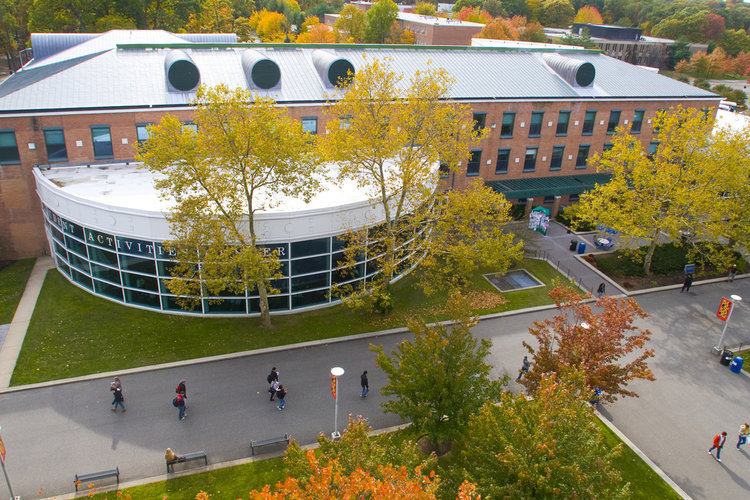More than 150,000 college students on Long Island who received federal Pell Grants last year risk partly losing that tuition funding next year if a Congressional proposal is approved, a new report has found.
Suffolk County lawmakers Tuesday released the 10-page report summarizing earlier public hearings after U.S. Rep. Tom Price (R-Okla.) in March proposed freezing Pell Grants for 10 years at a maximum of $5,775 per student annually, sparking backlash from students, educators and Democrats.
“If I didn’t have it, I wouldn’t be here today,” said Gina Beechay, a 26-year-old Stony Brook University student who was able to enroll only after acquiring a Pell Grant. “I wouldn’t be on the path to be a dentist.”
The proposed Pell Grant freeze, which is estimated to cut $90 billion from the program, is just one of countless proposed savings and expenditures up for debate amid federal budget negotiations before the Oct. 10 deadline. Of every 100 Pell Grant recipients nationwide, at least one is on LI. Created in 1972, Pell Grants are college financial aid that does not need to be paid back by qualifying low-income students.
“Pell Grants are not just handouts,” said Suffolk County Presiding Officer DuWayne Gregory, (D-Amityville), who plans to challenge Rep. Peter King (R-Seaford) next year. “We are a nation of opportunity, and we shouldn’t be closing doors.”
Economists and educators say the national investment in college students is worth the reward of having a better-paid skilled workforce and educated citizenry.
“Through education comes economic empowerment,” said Shaun McKay, president of Suffolk County Community College, who warned that making it more difficult for students to go to college could mean that the future workforce loses its competitiveness.
John Rizzo, chief economist of the Long Island Association, cited a 2012 Department of Treasury study showing that 70 percent of people without a college degree will remain in the same or fall into a lower economic station that that of their parents, while 55 percent of people with a college degree will perform better economically than their parents.
“There’s this disconnect between rising educational costs and limited ability for families to pay for these costs,” Rizzo said, noting that the increased cost to attend college has forced more students take on loans.
Fewer students being able to afford college also could impact the local economy beyond just college students.
“If fewer students go to college, then we don’t need to employ 38,000 people; we need to employ fewer than that, and we’ll need less than $4 billion worth of construction,” said Tim Bishop, a former Democratic congressman and ex-Southampton College provost. “The ripple effect is going to not just deal with individual aspirations of students. It’s one that’s going to impact day-to-day life on Long Island in terms of the economic vitality of our region.”
And for many students, Pell Grants ultimately help them achieve their goals, regardless of their background.
“It wasn’t just for me,” said Abraham Eun Im, the 2015 valedictorian of the Farmingdale State College, who graduated with a Bachelors of Science in Aeronautical Science. For the future airman, the Pell Grant allowed him to obtain the resources and education he could have only imagined having. He said: “I wanted my mother’s American dream realized.”






























